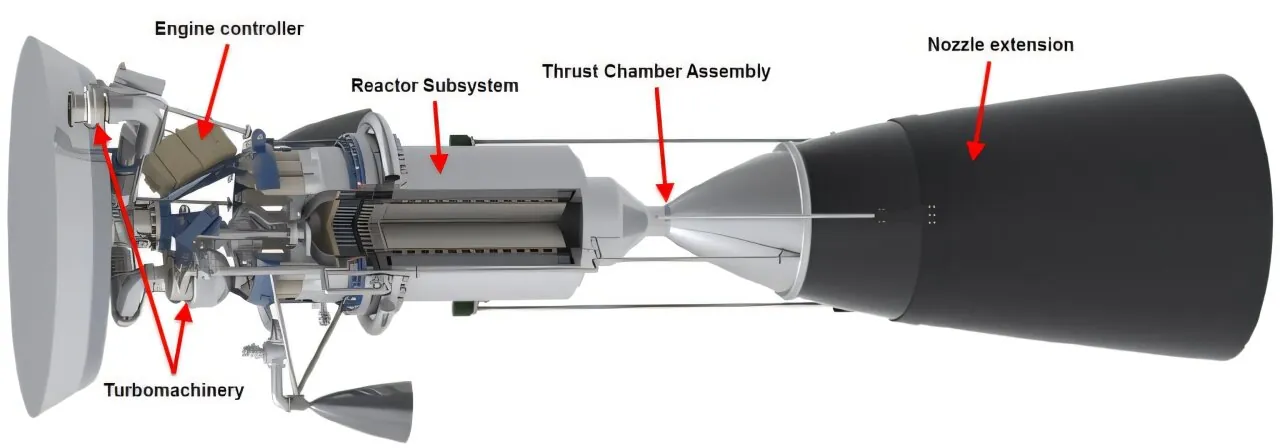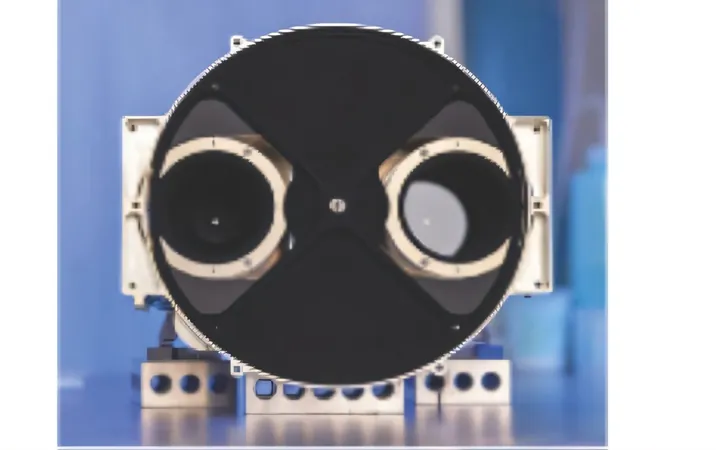
Revolutionary Nuclear Rocket Technology Set to Propel Space Exploration Forward
2025-05-28
Author: William
A Groundbreaking Leap in Propulsion Technology
Nuclear thermal propulsion (NTP) has long been touted as the next frontier in space propulsion, promising higher efficiency than traditional chemical rockets. As these chemical rockets approach their theoretical limits, experts are increasingly looking to NTP to deliver impressive thrust and specific impulse.
NASA's DRACO Program: The Vanguard of NTP Systems
NASA's DRACO Program stands at the forefront of NTP efforts, showcasing a specific impulse of around 900 seconds—twice that of a standard chemical rocket, yet still lagging behind ion thrusters. But a new innovation is on the horizon.
Meet the Centrifugal Nuclear Thermal Rocket (CNTR)
Researchers from the University of Alabama at Huntsville and The Ohio State University are pioneering a novel approach: the centrifugal nuclear thermal rocket (CNTR). This groundbreaking design aims to nearly double the specific impulse of existing NTP systems while ensuring similar levels of thrust.
Engineering Challenges Ahead
Despite its promise, the CNTR faces significant engineering hurdles. A recent paper in Acta Astronautica outlines the progress made thus far on these challenges, focusing on the essential differences that set CNTR apart from traditional NTP technologies. One key difference? CNTR utilizes liquid uranium for fuel instead of solid uranium.
The Science Behind the CNTR
To keep the uranium in liquid form, the CNTR must rapidly spin it within a centrifuge. Once molten, hydrogen is bubbled through the uranium, generating thrust as it exits a nozzle. This innovative method could potentially achieve a specific impulse of around 1500 seconds, which is nearly twice that of conventional NTP engines.









 Brasil (PT)
Brasil (PT)
 Canada (EN)
Canada (EN)
 Chile (ES)
Chile (ES)
 Česko (CS)
Česko (CS)
 대한민국 (KO)
대한민국 (KO)
 España (ES)
España (ES)
 France (FR)
France (FR)
 Hong Kong (EN)
Hong Kong (EN)
 Italia (IT)
Italia (IT)
 日本 (JA)
日本 (JA)
 Magyarország (HU)
Magyarország (HU)
 Norge (NO)
Norge (NO)
 Polska (PL)
Polska (PL)
 Schweiz (DE)
Schweiz (DE)
 Singapore (EN)
Singapore (EN)
 Sverige (SV)
Sverige (SV)
 Suomi (FI)
Suomi (FI)
 Türkiye (TR)
Türkiye (TR)
 الإمارات العربية المتحدة (AR)
الإمارات العربية المتحدة (AR)